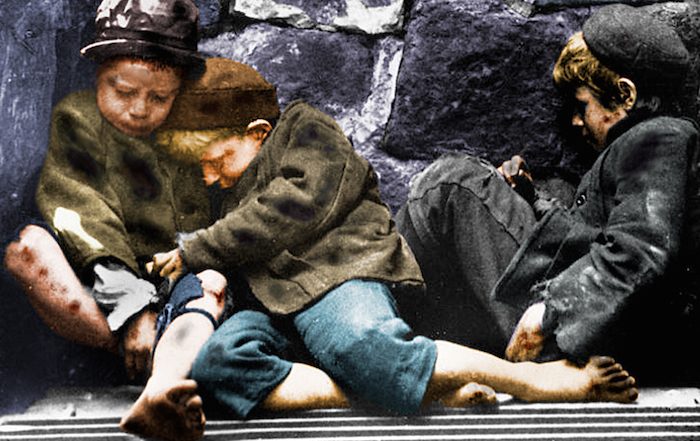There is no accurate measure of the population of New York City’s unsheltered homeless. As a result, we aren’t able to truly gauge the homeless problem. Nevertheless, as a result of the people living in shelters and educated estimates, we are able to get what we believe to be an accurate representation. Child homeless makes up a large percentage of the New York City homeless population. Almost forty percent of homeless people in New York City are children (The Children’s Aid Society). According to the Huffington Post, as of March 2015 there are a record number of homeless children in New York City. The Coalition for the Homeless has found that there are nearly 42,000 homeless New York City children, 23,912 of which are part of homeless families.
Homelessness affects every aspect of a child’s life. According to the Family Housing Fund, “the experience of homelessness inhibits the physical, emotional, cognitive, social, and behavioral development of children”. Children born into homelessness are at a greater risk of death and are more likely to miss out on receiving essential immunizations. If a child stays homeless into their toddler years they are more likely to show significant developmental delays, which have been shown to influence behavioral and emotional problems later in life
Being homeless when you reach school-aged is detrimental as well. A report made using data from the New York City education department showed that in 2015 there were homeless students in every school district across the city and that the number of New York City school children who are living in homeless shelters or temporary housing has significantly increased in the past few years. Life for these school aged children is tough. Since they have to worry about where they will sleep that night and how they will get basic necessities to survive, their focus isn’t on school. The report found that thirty-eight percent of these homeless school-bound children are chronically absent. Moreover, their grades suffer. In the 2013-2014 school year only about 17% of homeless students passed the 3rd and 8th grade math exams, compared to 35.2% of students citywide who passed.
Frequently moving and constant instability can really take a toll on children in other ways as well. Many homeless children suffer from chronic health problems and stress. They are also more likely to grow up and form addition problems. Additionally, homeless children are more susceptible to hunger, abuse and human trafficking.
The sheer number of homeless children in New York City is staggering. Research has shown that being homeless is detrimental in many ways for anyone, but it is especially bad for children. What can you do to help? Check out one of my earlier blog posts about organizations that help the homeless children of New York City to see how you can get involved and make a difference!








